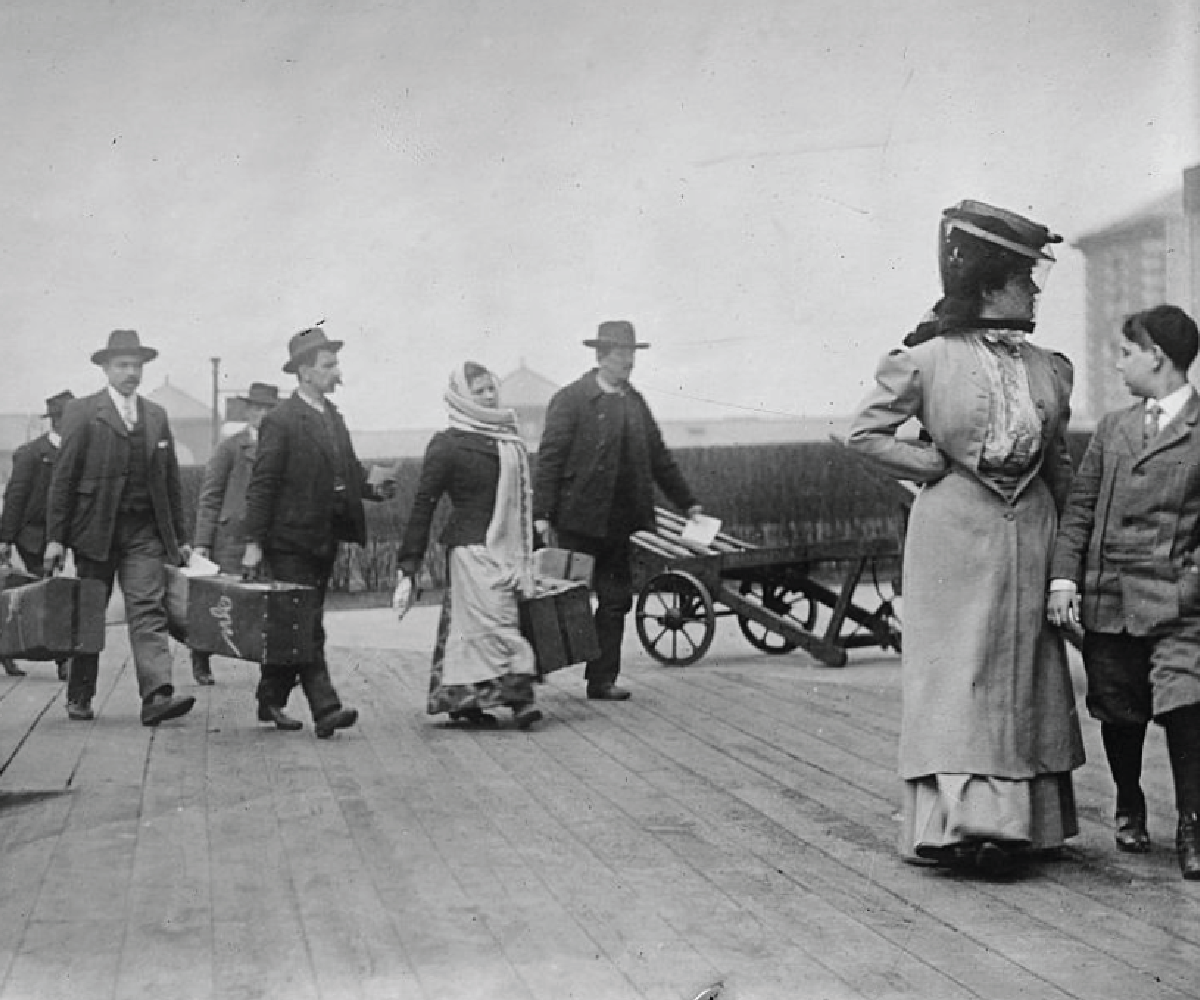175 Search Results Found For : "january-anma.shop"
Nearly 1 in 3 Working Families in U.S. Struggle to Meet Basic Needs
(2012) The slow recovery from the recession has fallen hard on America's working poor families, increasing their numbers by 125,000 in 2010 to more than 10 million families, according to a new analysis of U.S. Census Bureau data.

Project: Supporting Population Evidence and Champions in Africa (SPEC)
Harnessing the Demographic Dividend in Ethiopia
Ethiopia, with a current population of about 100 million, has achieved gains in several major health indicators.
Voucher Programs Encourage Quality Reproductive Health Services
Many women in developing countries, too poor to pay for the reproductive health services they need, use vouchers to defray the cost of care.
Views From the 2011 International Conference on Family Planning
(2012) The International Conference on Family Planning in Dakar, Senegal, in November 2011, brought together over 2,000 researchers and advocates dedicated to improving the lives of women and families through reproductive health, with the ultimate goal of universal access to family planning.

U.S. 2020 Census FAQ
The Census counts every person who usually lives in the United States. They don’t have to be a U.S. citizen, but they do have to call this country their primary home.
Innovative Technologies Combat Gender-Based Violence
(2014) Gender-based violence (GBV) is a difficult topic, encompassing a wide range of issues—from date rape to intimate partner violence to rape in conflict settings. And interventions that seek to prevent violence or help survivors similarly are unable to cater to all people experiencing abuse, as culture and context can shape both the forms of violence and the needs of victims.
Project: IDEA: Informing Decisionmakers to Act
Population, Health, and Environment Working Together
This ENGAGE presentation designed for improving access to health services (especially family planning and reproductive health), while also helping households improve livelihoods, manage natural resources, and conserve the critical ecosystems on which they depend.

Repeats and Rhymes: Lessons From 100 Years of U.S. Immigration Policy
Attempts at immigration reform should address issues that have been with us, in various guises, for at least a century.
